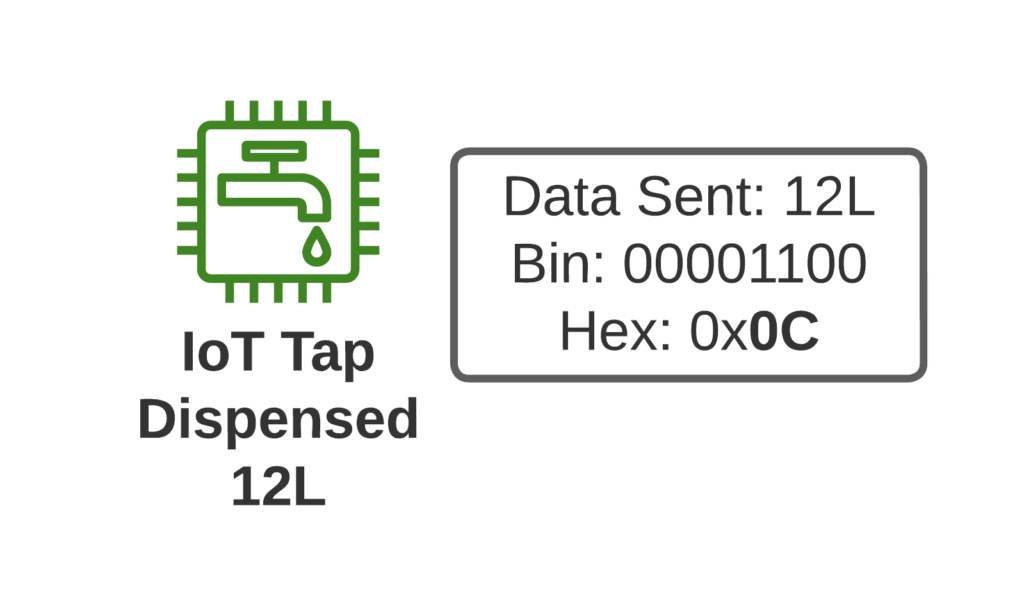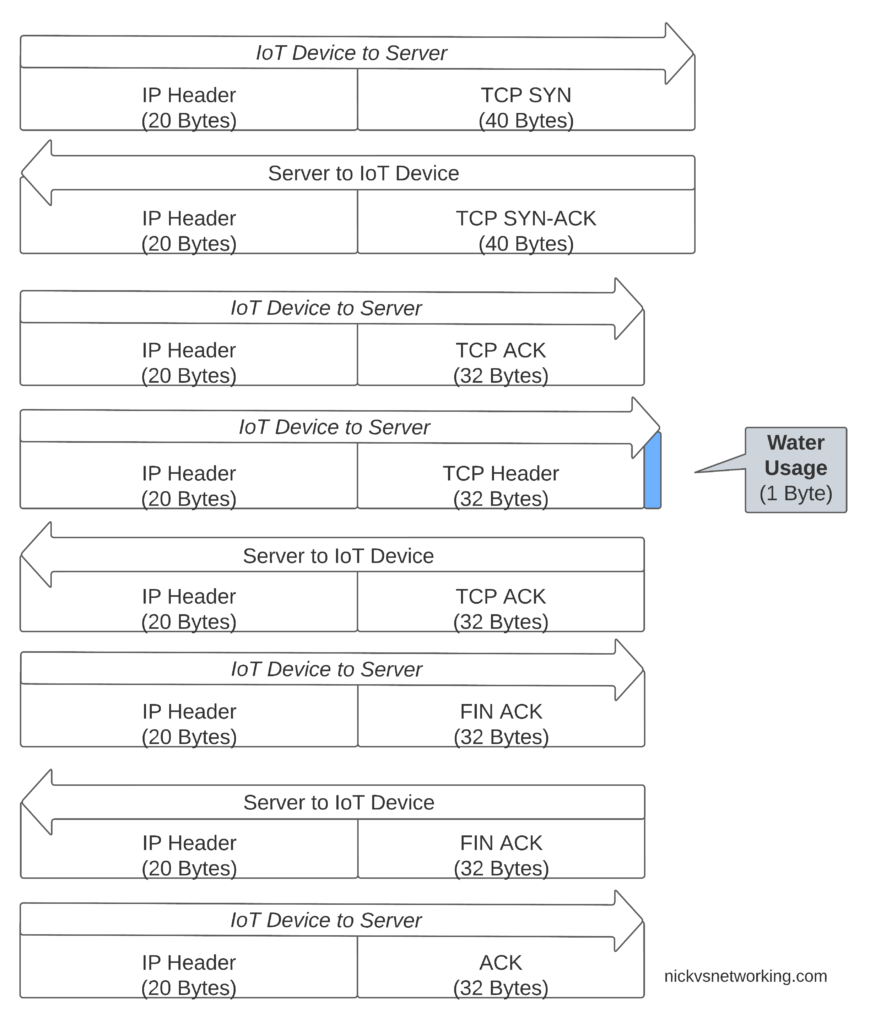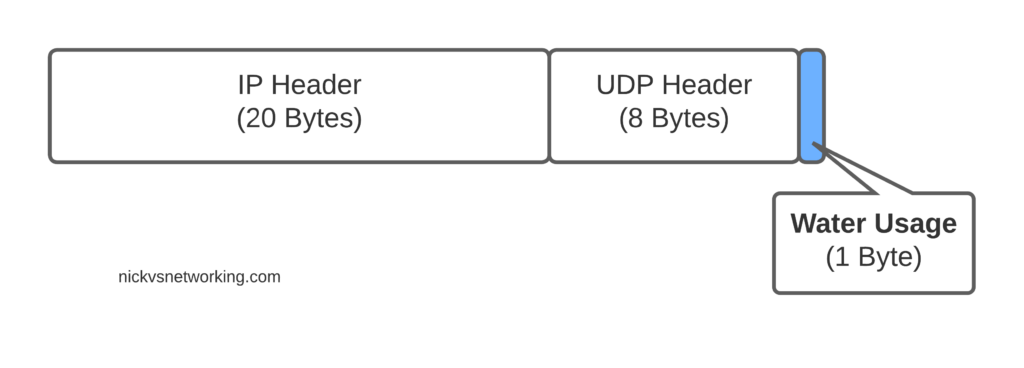In our last post we covered the basics of NB-IoT Non-IP Data Deliver (NIDD), and if that acronym soup wasn’t enough for you, we’re going to take a deep dive into the flows for attaching, sending, receiving and closing a NIDD session.
The attach for NIDD is very similar to the standard attach for wideband LTE, except the MME establishes a connection on the T6a Diameter interface toward the SCEF, to indicate the sub is online and available.
The NIDD Attach
The SCEF is now able to send/receive NIDD traffic from the subscriber on the T6a interface, but in reality developers don’t / won’t interact with Diameter, so the SCEF exposes the T8 API that developers can interact with to access an abstraction layer to interact with the SCEF, and then through onto the UE.
If you’re wondering what the status of Open Source SCEF implementations are, then you may have already guessed we’re working on one! PyHSS should have support for NB-IoT SCEF features in the future.
NB-IoT provides support for Non-IP Data Delivery (NIDD) over 3GPP Networks, but to handle this, some new network elements are introduced, in a home network scenario that’s the SCEF and the SCF/AS.
On the 3GPP side the SCEF it communicates to the MME via the T6a Interface, which is based upon Diameter.
On the side towards our IoT Service Consumers (in the standards referred to as “SCS/AS” or “Service Capabilities Server Application Servers” (catchy names as always), via the RESTful HTTP based T8 interface.
I’ve written about Non-IP Data support in 5G for transporting Ethernet, but there’s another non-IP use case in 3GPP networks – This time for NB-IoT services.
Procedures
S1 Attach
The start of the S1 Attach procedure is very similar to a regular S1 attach.
The initial S1 PDU Connectivity Request indicates in the ESM Message Container that the PDN Type is Non IP.

Other than that, the initial attach procedure looks very similar to the regular S1 attach procedure.
On the S6a interface the Update Location Request from the MME to the HSS indicates that this is an EUTRAN-NB-IoT Radio Access Type.

And the Update Location Answer APN Configuration contains some additional AVPs on the APN to indicate that the APN supports Non-IP-PDN-Type and that the SCEF is used for Data Delivery.
The SCEF-ID (Diameter Host) and SCEF-Realm (Diameter realm) to serve this user is also specified in the APN Configuration in the Update Location Answer.
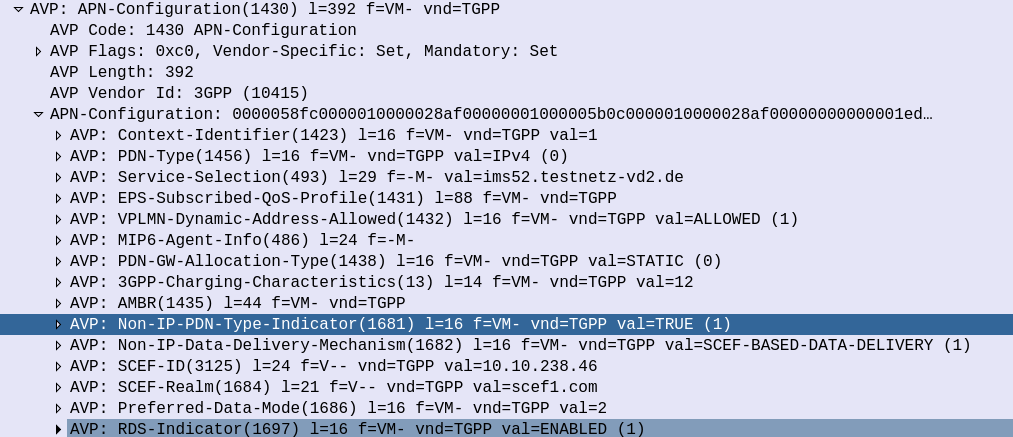
This is how our MME determines where to send the T6a traffic.
With this, the MME sends a Connection Management Request (CMR) towards the SCEF specified in the SCEF-ID returned by the HSS.
The Connection Management Request / Response
The MME now sends a Diameter T6a Connection Management Request to the SCEF in the Update Location Answer,
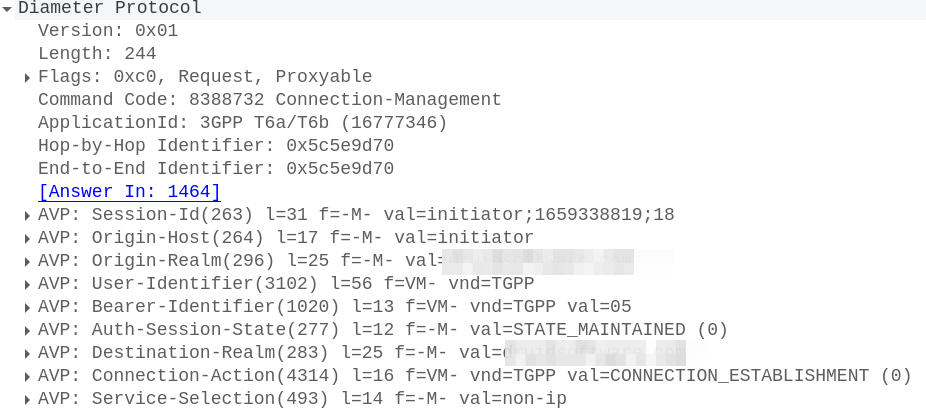
In it we have a Session-Id, which continues for the life of our NIDD session, the service-selection which contains our APN (In our case “non-ip”) and the User-Identifier AVP which contains the MSISDN and/or IMSI of the subscriber.
To accept this, the SCEF sends back a Connection-Management-Answer to confirm we’re all good to go:
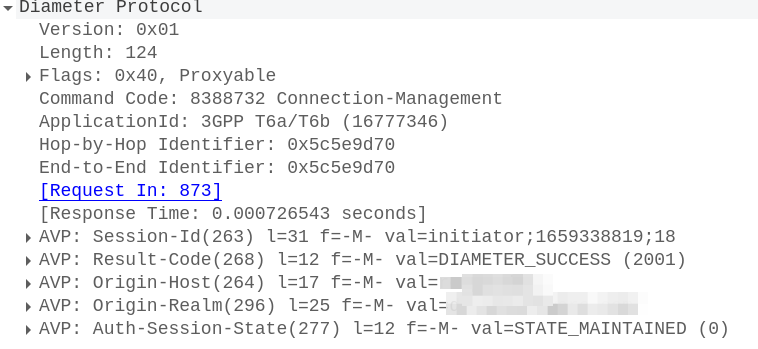
At this point our SCEF now knows about the subscriber who’s just attached to our network, and correlates it with the APN and the session-ID.
On the S1 side the connection is confirmed and we’re ready to roll.
Mobile Originated Data Request / Response
When the UE wants to send NIDD it’s carried in NAS messaging, so we see an Uplink NAS transport from the UE and inside the NAS payload itself is our HEX data.
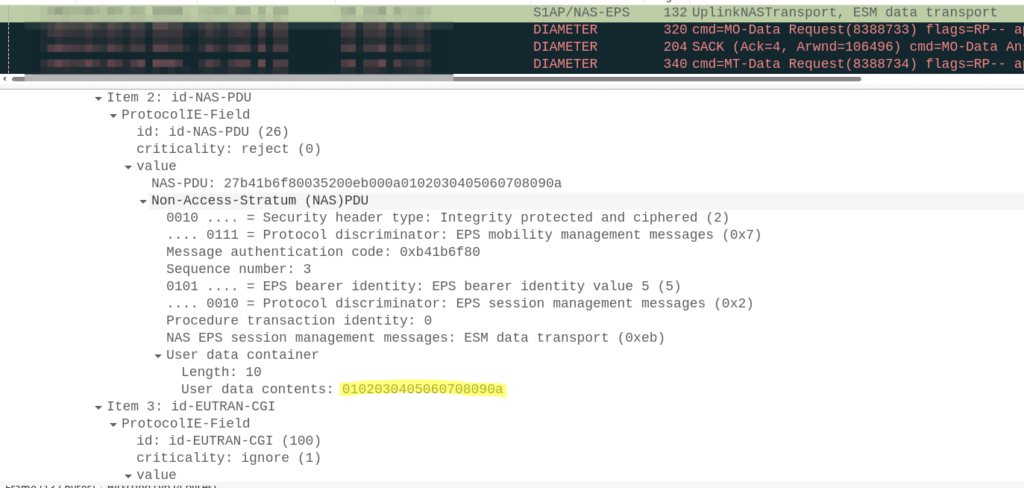
Our MME grabs this out and sends it in the form of of a Mobile-Originated-Data-Request (MODR) to the SCEF, along with the same Session-ID that was setup earlier:
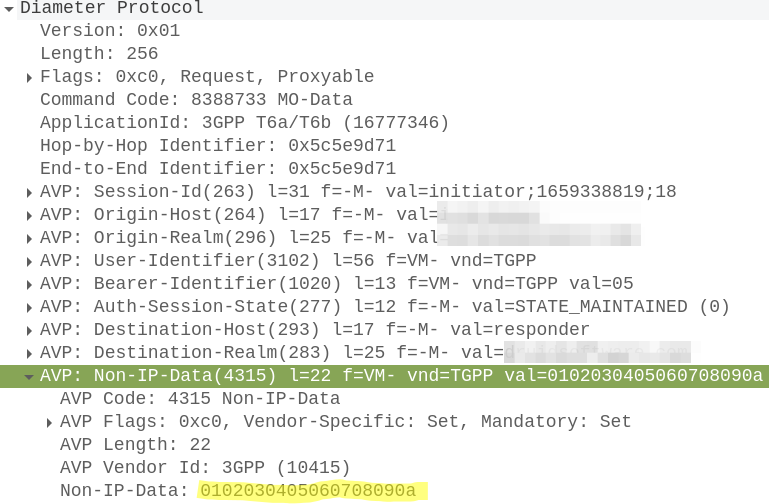
At this stage our Non-IP Data is exposed over the T8 RESTful API, which we won’t cover in this post.

